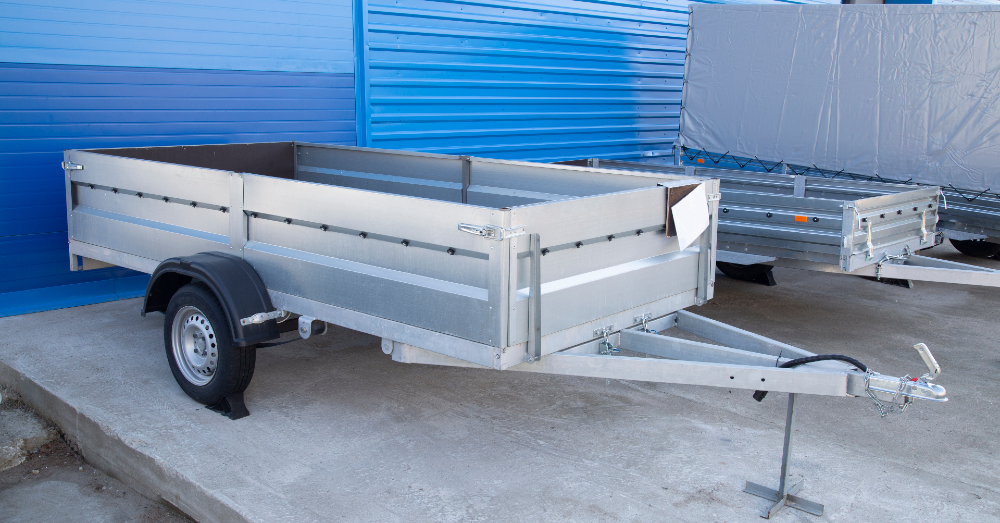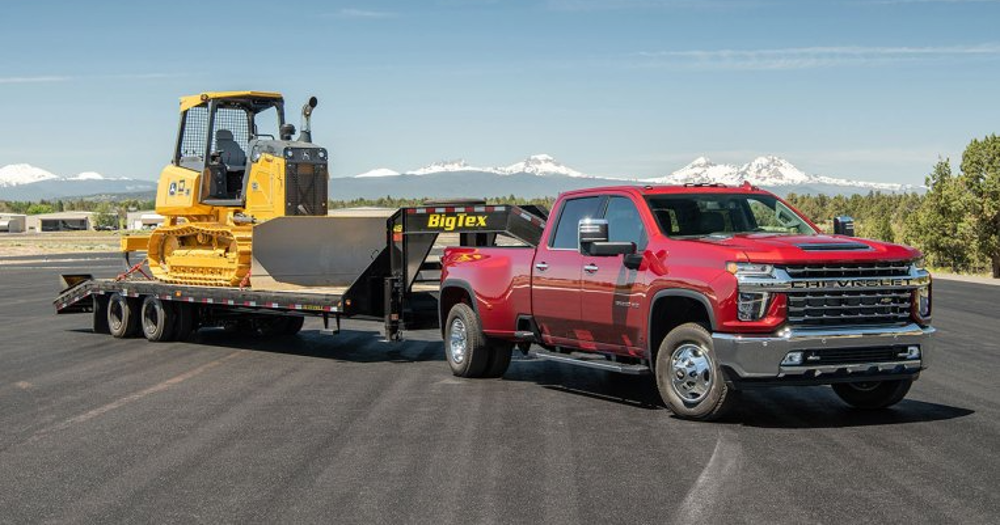Transporting heavy machinery like excavators or bulldozers requires special care and preparation. When renting heavy equipment like those offered by excavator rental companies, it’s essential to follow safety protocols during loading, transport, and unloading. Not only does this keep you safe, but it ensures that you aren’t on the hook for damaged excavator rentals or other equipment/property.
Here are some useful tips for safely towing heavy equipment to your job site.
Consult Equipment Manuals
Before loading your rented excavator onto a trailer, consult the equipment’s manual for specific instructions. The manual provides key details like the machine’s dimensions and weight capacity that will determine the proper trailer and tow vehicle.
Following the manufacturer’s loading directions also ensures no damage occurs to sensitive components.
Use Experienced Operators
Loading heavy machinery should only be done by trained professionals. Look for operators with expertise in transporting excavators and a strong safety record. They should know how to properly secure equipment using chains, straps, and wood blocks according to regulations.
Careless loading is a common cause of accidents. Loading excavator rentals and other gear only takes a few minutes but will reduce your risk, which is worth much more in the long run.
Select the Right Trailer

Choose a trailer designed for hauling heavy equipment like a lowboy or removable gooseneck. Make sure the trailer can safely handle the excavator’s weight and dimensions.
An oversized load may require special permits, so do your homework. The tow vehicle also needs an adequate towing capacity to pull the load safely.
Inspect Tow Vehicles Thoroughly
Do a complete inspection of the truck and trailer before departing. Check tire pressure, lights, fluid levels, brakes, safety chains, and tie-downs. Make sure all parts are in good working order.
Carry spare tires, jacks, and other emergency equipment that can come in handy in a pinch.
Protect Vulnerable Components
Cover or remove fragile elements like hydraulic hoses, control panels, lights, and mirrors during transport. Close doors and engine compartments securely. Drain fluids if necessary. Padding can shield against vibration damage. The equipment manual should help identify these vulnerable parts.
Plan The Route Carefully and Drive Carefully
Map out the trip in advance to avoid low bridges, crowded roads, steep grades, and other hazards. Get special permits if required. Allow extra time for slow travel and have a plan for bathroom breaks and rest stops. Getting to your destination efficiently reduces the time on the road when accidents or other malfunctions can occur.
Drive at safe speeds suited for the truck and load. Avoid sudden acceleration or braking. Increase stopping distance. Use flashers and warning signs. Turn slowly and keep away from congested areas. Pay attention to height clearances.
Following these tips will help ensure safe, efficient delivery of heavy equipment and excavator rentals. Take the time to load, haul, and unload the machinery properly. Safety takes priority over rushing the job. With the right preparations, you can avoid issues during transport.




